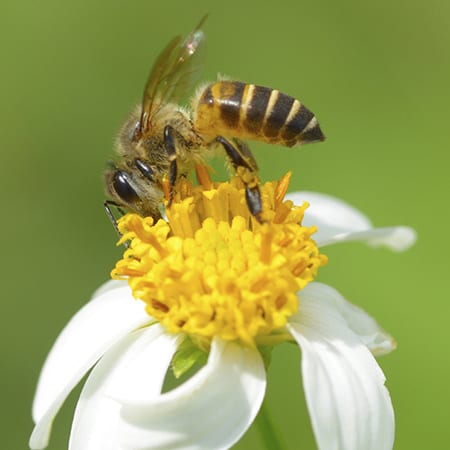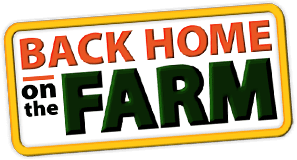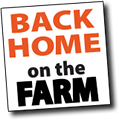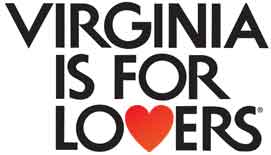
We’ve got to help the pollinators! Our next meal depends upon it! Melodramatic, but true!
We need Bees … and more!
If I got your attention, then it was worth it. All across the nation, we are at odds with the very insects that pollinate our fruit trees and vegetable gardens. Our food supply is dependent upon these tiny creatures.
There are many different species of pollinators; butterflies, hummingbirds, and all types of bees. Not just honeybees, but bumblebees, wasps, and more.
Missing from our landscapes are all the plants that bees and their fellow pollinator buddies have used for nectar and food for years. Where did they go? The way of many of our native plants. Our roadsides are conscientiously mowed every season by the state, cutting down native plants like milkweed that are critical for monarch caterpillars.
We all have to accept some of the blame – I HATE thistles in our pasture fields; butterflies and bees LOVE them! We use pesticides to get rid of the bad bugs in our gardens and on our farms and kill the good ones along with them. I could go on and on, but I’ll get off my soap box and give you a few suggestions about what we all can do to .
Here’s one of many inspirational websites that I visit often. It’s easy to get involved. Take a look: Million Pollinator Gardens. Wouldn’t it be great if your garden was registered?
So how do we as farmers and gardeners go about keeping our pollinators happy?
Good to Know:
 Mason Bees
Mason Bees
Bees are busy; they’ve got things to do and places to be. If you don’t bother them, they’re going to leave you alone. But if you still get real uneasy about getting stung, you can do your part by putting the welcome mat out for Mason Bees. In areas where cool temperatures limit honeybee activity during the spring blooming of fruit trees and blueberries, native Mason Bees are the pollinators that get the job done.
Smaller than honeybees with dark bodies that often have a metallic sheen, mason bees can work blossoms at lower temperatures than honeybees. In much of North America, mason bees emerge when the redbuds bloom, with populations highest during apple blossom time.
Sometimes called orchard bees or blue orchard bees, most Mason Bees are solitary insects that nest in holes in trees, or in hollow stems of old elderberries, brambles or similar vegetation. Mason Bees are so named because they pack mud into their nests, like brick masons. If you want to invite them into your garden, build them a home!
The Gardening for Wildlife Foundation has a wonderful how to on building “bee hotels” for these solitary bees. Click here for plans.
If you’re going to spray insecticides, read the labels, purchase responsibly,
apply according to directions, and do it late in the evening.
Bad Bugs
Sometimes, no matter what, it becomes necessary to eliminate the bad bugs. Using a natural product or introducing a natural predator is certainly a preferred method. One thing farmers are particularly sensitive to is when to apply chemicals. The time of day is pretty critical. One year we “borrowed” several hives of bees from a local “bee farmer”.
It was absolutely amazing how early these little guys were out in the field working and how late they stayed on the job. We were able to work in harmony with these little creatures by spraying very late in the evening – usually after dark, when the bees were all safe with the hive. Most blooms are closed then, too, so they were protected from the chemicals and when the bloom opened at first light, the bees were back at work in a safe environment.

And there are butterflies!
It goes without saying that I am passionate about butterflies, and they are great pollinators.
As a child, I roamed the farm with my butterfly net capturing (mostly chasing) these elusive creatures. I built elaborate cages so I could gather caterpillars, feed them and see what emerged. (Remind me to do a blog post on this one!).
The thing about butterflies is that they love flowers. Certain species love some flowers more than others. And most importantly…. some species require certain plants to lay their eggs on so that their caterpillar will have specific dietary needs. Here again, be careful with sprays – especially the ones butterflies consider favorites.
Providing a butterfly habit requires that you consider nectar sources as well as food sources for the caterpillars. You’ll find a more detailed description of all this on our Butterfly Habitat page.




